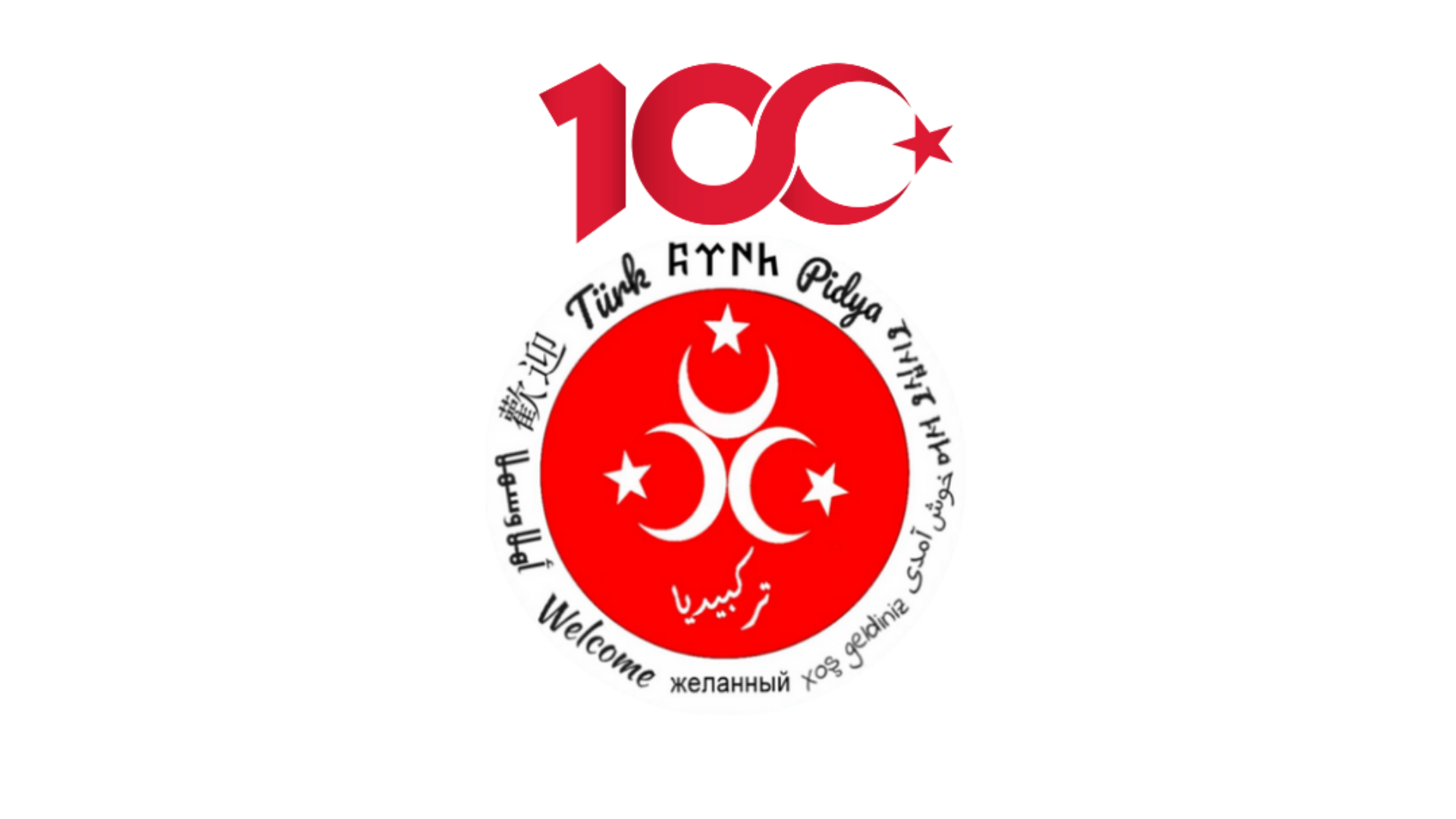Inhoudsopgave
Sultan Abdülmecid I (ook wel Abdul Majid I) wordt beschouwd als een belangrijke sultan van de late periode van het Ottomaanse Rijk, die probeerde diepgaande hervormingen door te voeren en de staat dichter bij West-Europese mogendheden te brengen.
Het bewind van de sultan werd gekenmerkt door de opkomst van nationalistische bewegingen, pogingen om bondgenootschappen te sluiten met Westeuropese mogendheden en het doorvoeren van omvangrijke organisatorische hervormingen.

De afkomst en familie van Sultan Abdülmecid I
Sultan Abdülmecid I behoort tot de Ottomaanse dynastie. Zijn directe afstamming tot Ertuğrul Gazi luidt als volgt:
Abdülmecid I, zoon van Mahmud II, zoon van Abdülhamid I, zoon van Ahmed III, zoon van Mehmed IV, zoon van Ibrahim I, zoon van Ahmed I, zoon van Mehmed III, zoon van Murad III, zoon van Selim II, zoon van Suleiman de Magnifieke, zoon van Selim I, zoon van Bayezid II, zoon van Mehmed II (de Veroveraar), zoon van Murad II, zoon van Mehmed I, zoon van Bayezid I, zoon van Murad I, zoon van Orhan Gazi, zoon van Osman I, zoon van Ertuğrul Gazi.
Over zijn gezin: Abdülmecid had talrijke echtgenotes en haremconsorten. Historische bronnen verschillen over het exacte aantal (vaak ruimschoots meer dan 17). Hieronder volgen enkele van de bekendste consorts; de lijst is niet uitputtend en omvat verschillende rangen (Kadın, İkbal, Hanım):
- Servetseza Kadın (Başkadın)
- Tirimüjgan Kadın
- Düzdidil Kadın
- Şevkefza Kadın
- Şayeste Hanım
- Zeynifelek Hanım
- Gülcemal Kadın
- Verdicenan Kadın
- Perestu Kadın (later Valide Sultan)
- Nükhetsezâ Hanım
- Mahitab Kadın
- Nesrin Hanım
- Nergizev Hanım
- Bezmiara Kadın
- Nalandil Hanım
- Ceylanyar Hanım
Het vroege leven van Sultan Abdülmecid
Sultan Abdülmecid I werd op 25 april 1823 geboren als zoon van Sultan Mahmud II en Bezmiâlem Sultan in Istanbul.
Hij kreeg een Europese opvoeding en sprak vloeiend Frans; hij wordt algemeen beschouwd als de eerste Ottomaanse sultan die deze taal beheerste.
De sultan was geïnteresseerd in literatuur en klassieke muziek en werd, zoals de meeste prinsen uit die tijd, in het paleis opgeleid.
Prins Abdülmecid stond erom bekend dat hij, net als zijn vader Mahmud II, hervormingen in het Ottomaanse Rijk wilde doorvoeren.

Het tijdperk van de heerschappij van Sultan Abdülmecid
De Egyptische crisis
Sultan Abdülmecid besteeg de troon op 2 juli 1839, toen hij pas 16 jaar oud was.
Het Ottomaanse Rijk bevond zich in een kritieke toestand toen hij de macht overnam, omdat de Egyptisch-Osmaanse oorlog zijn hoogtepunt naderde.
Aan het begin van zijn heerschappij had de staat zware verliezen geleden tegen het leger van de opstandige Egyptische heerser Mohammed Ali Pasja. De Ottomaanse vloot was bovendien door kapitein Ahmed Fawzi Pasja naar Alexandrië overgebracht.
Een van de eerste daden van de sultan was de benoeming van Khosrow Pasja, de voormalige gouverneur van Egypte, tot grootvizier. Vervolgens probeerde de staat met Europese bondgenoten tot een gezamenlijke oplossing voor de Egyptische crisis te komen.
In 1841 werd de crisis beslecht en vaardigde Abdülmecid I een decreet uit waarmee Mohammed Ali erfelijk bestuur over Egypte kreeg, onder Ottomaanse soevereiniteit.
Ierland’s Grote Hongersnood
Het nieuws van de Grote Ierse Hongersnood (1845–1849) bereikte Abdülmecid I, waarbij miljoenen Ieren leden en een enorm deel van de bevolking omkwam of emigreerde.
De sultan besloot aanvankelijk 10.000 pond sterling te schenken om de armen in Ierland te helpen. Omdat koningin Victoria naar verluidt slechts 2.000 pond schonk, werd de sultan verzocht zijn gift te verlagen; daarop doneerde hij 1.000 pond en stuurde hij schepen beladen met voedsel.
De Britse marine zou de Ottomaanse schepen hebben belet rechtstreeks in Dublin aan te meren; zij voeren volgens overlevering door naar de haven van Drogheda.
Als eerbetoon aan deze hulp nam de Ierse club Drogheda United het embleem met halve maan en ster aan als element in haar clublogo.


Interne hervormingen
Abdülmecids grootste wapenfeit was het inzetten en verdiepen van de Tanzimat-hervormingen die onder zijn vader Mahmud II waren ingezet. Hij bekrachtigde het Gülhane‑edict (Hatt‑ı Şerif, 1839) en later het Hatt‑ı Hümayun (Islahat Fermanı, 1856), waarmee rechtsgelijkheid en modernisering werden nagestreefd.
De meest prominente hervormingen in zijn tijd:
- Uitgifte van Ottomaanse papieren geld (kaime/bankbiljetten)
- Reorganisatie van het leger, invoering van dienstplicht en een maximumdiensttijd van vijf jaar
- Officiële vaststelling van het Ottomaanse volkslied en de nationale vlag
- Hervorming van het financiële stelsel naar Frans model
- Hervorming van burgerlijk en strafrecht naar Frans model
- Hervorming van het rechtssysteem; invoering van civiele en strafrechtbanken met zowel Europese als Ottomaanse rechters
- Oprichting van de Raad voor Openbaar Onderwijs (Meclis‑i Maarif‑i Umumiye), een voorloper van representatieve instellingen
- Oprichting van het Ministerie van Onderwijs
- Stappen richting afschaffing van slavenmarkten en slavernij
- Ruimte voor de bouw van protestantse gebedshuizen
- Oprichting van moderne universiteiten en instituten
- Vestiging van een Ottomaanse school in Parijs
- Afschaffing van bepaalde discriminerende belastingen voor niet‑moslims
- Niet‑moslims kregen (met alternatieve regeling) toegang tot militaire dienst
- Nieuwe regelingen en codificaties die eigendomsrechten bevestigden
Krimoorlog
Het Ottomaanse Rijk ging de Krimoorlog tegen Rusland aan vanwege Russische ambities op Ottomaans grondgebied en inmenging in de binnenlandse aangelegenheden van de staat.
Het rijk sloot een gezamenlijk defensieakkoord met Groot‑Brittannië en Frankrijk, die in de oorlog aan Ottomaanse zijde ingrepen.
De gevechten concentreerden zich in de Kaukasus en rond de Zwarte Zee. De Ottomaanse, Britse en Franse bondgenoten slaagden erin Sebastopol te bezetten, terwijl de Russen de controle over Kars verwierven.
In 1856 sloten het Ottomaanse Rijk en Rusland de Vrede van Parijs en keerden de partijen terug naar de grenzen van vóór de oorlog.
De Krimoorlog legde een zware druk op de staatskas: in 1854 nam het rijk zijn eerste grote buitenlandse lening op, om militaire uitgaven ter waarde van 75 miljoen Franse frank te financieren. Dat kwam toen grofweg overeen met circa 3 miljoen Ottomaanse gouden lira of ongeveer £3 miljoen sterling, een indicatie van de zware financiële last voor de schatkist.

Bouw Dolmabahçe‑paleis
Het Dolmabahçe‑paleis is een van de belangrijkste architectonische monumenten uit het tijdperk van Abdülmecid en het eerste grote paleis in Istanbul in uitgesproken Europese stijl.
Abdülmecid liet het paleis bouwen tussen 1843 en 1856, tegen een kostprijs van vijf miljoen Ottomaanse gouden lira, wat overeenkwam met circa 35 ton goud. Ter oriëntatie in 2025‑waarden: 35 ton goud vertegenwoordigt ruwweg €2,6–2,7 miljard (of $2,8–2,9 miljard USD). Naar schatting werd 14 ton goud gebruikt voor de versiering van de plafonds in het interieur, wat anno 2025 neerkomt op circa €1,03–1,05 miljard (of $1,12–1,15 miljard USD).
De bouw drukte zwaar op de staatsfinanciën, die tegelijkertijd door de Krimoorlog werden belast.

De dood van Sultan Abdülmecid
Sultan Abdülmecid stierf aan tuberculose (net als zijn vader) op 38‑jarige leeftijd op 25 juni 1861 in Istanbul. Hij werd begraven bij de Yavuz Selim‑moskee. Hij werd opgevolgd door zijn jongere halfbroer Sultan Abdülaziz, zoon van Pertevniyal Sultan.





